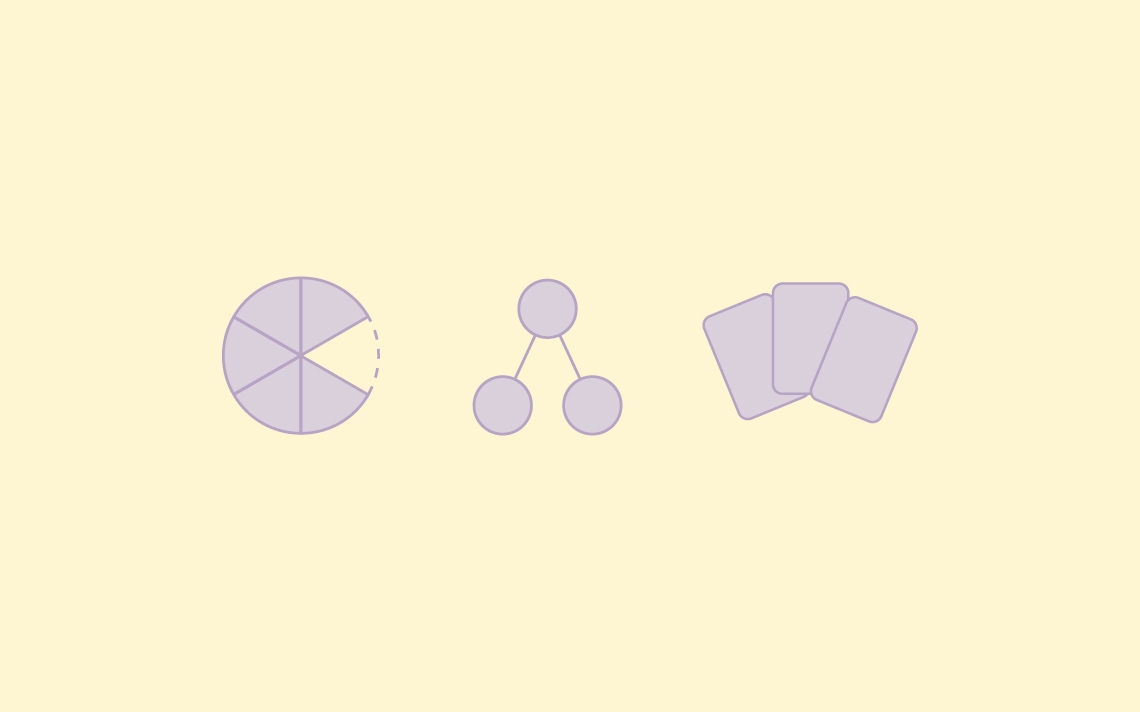How to put whole-class differentiation strategies into practice
Editor’s Note:
This is an updated version of a blog post published on September 18, 2019.
Just because learners are focusing on the same task doesn’t mean there aren’t opportunities for differentiation. Learn how to differentiate through content, process, and product.
In a mastery programme, all pupils are expected to achieve the same learning. The idea of having differentiation within whole-class teaching might seem a bit contradictory. But I promise it isn’t!
Differentiation doesn’t have to mean cutting out harder topics for struggling learners, or adding in trickier concepts for more advanced learners. You can still teach the same topic — so all children achieve the same learning — but vary the depth of learning.
But what does this look like in practice?
Differentiation in practice
Differentiating through depth of learning will give you a huge advantage in the classroom. Differentiation strategies help meet children’s individual needs while keeping the whole class learning at the same pace.
Educator and author Carol Ann Tomlinson says that:
“Differentiation is responsive teaching rather than one size fits all teaching. This means that teachers proactively plan varied approaches to what students need to learn, how they will learn it, and/or how they will show what they have learned in order to increase the likelihood that each student will learn as much as he or she can, as efficiently as possible.”
Start by challenging pupils who grasp concepts quickly with rich and sophisticated problems within the topic. For children who are not sufficiently fluent, make sure you provide them with extra support to consolidate their understanding before moving on to a new topic.
Before using differentiation in your classroom, it’s useful to understand how to differentiate three aspects of the curriculum: content, process, and product.
Differentiation by content
Differentiation by content means encouraging your learners to use different approaches when learning new topics. The learning objectives for the whole class stay the same, but your methods of teaching the knowledge or skill can vary.
A simple and effective way to differentiate by content is to try the mysterious envelope strategy.
All you need to do is prepare three sets of envelopes, A, B, and C, which each contain different information to help pupils start the same task. Set A has the highest level of support and set C has the least support. The benefit of using envelopes is that your pupils won’t be able to tell what set their classmates have.
It’s a good idea to have extra sets of envelopes at hand. If one group gets stuck, you’ll have the option to provide a set with more support such as Set B, then Set A if necessary. If a group finishes quickly, you can extend their learning by providing Set C.
The envelopes also could contain:
- Different materials: concrete materials for struggling learners, abstract materials for advanced learners, and pictorial materials for the rest.
- Instructions for advanced learners to think a little more deeply.
Transform Your Maths Assessment
Insights — our online assessment tool — gives you instant, powerful data to identify gaps and improve results.

Differentiation by process
Differentiation by process means varying the ways that children make sense of the learning. If you use
Maths — No Problem! in your classroom, you’ll notice that differentiation by process is done through anchor tasks and teaching through problem-solving.
The following videos highlight how to adapt the same task to cater for a wide variety of learners.
- Learn how to differentiate an anchor task for struggling and advanced learners. This strategy can be applied to both primary and secondary maths lessons.
- See how one maths task can be accessed by both advanced and struggling learners.
- Discover how teachers can differentiate through effective questioning.
Differentiation by product
Differentiation by product means providing different ways for pupils to show their mastery of the mathematical content. This can be done in a few ways.
- Encouraging students to use concrete materials to show their answers rather than written methods.
- Giving students templates or scaffolded support for their work. For example, by providing pre-drawn axes and scales to help them draw graphs.
- Asking more advanced learners to show written explanations or present their answers to the class.
Differentiated instruction is the best way to meet your learners’ individual needs while keeping the whole class learning together at the same pace. Building differentiation into your lesson planning will help you be more responsive in the classroom and ultimately will set your learners up for success.
